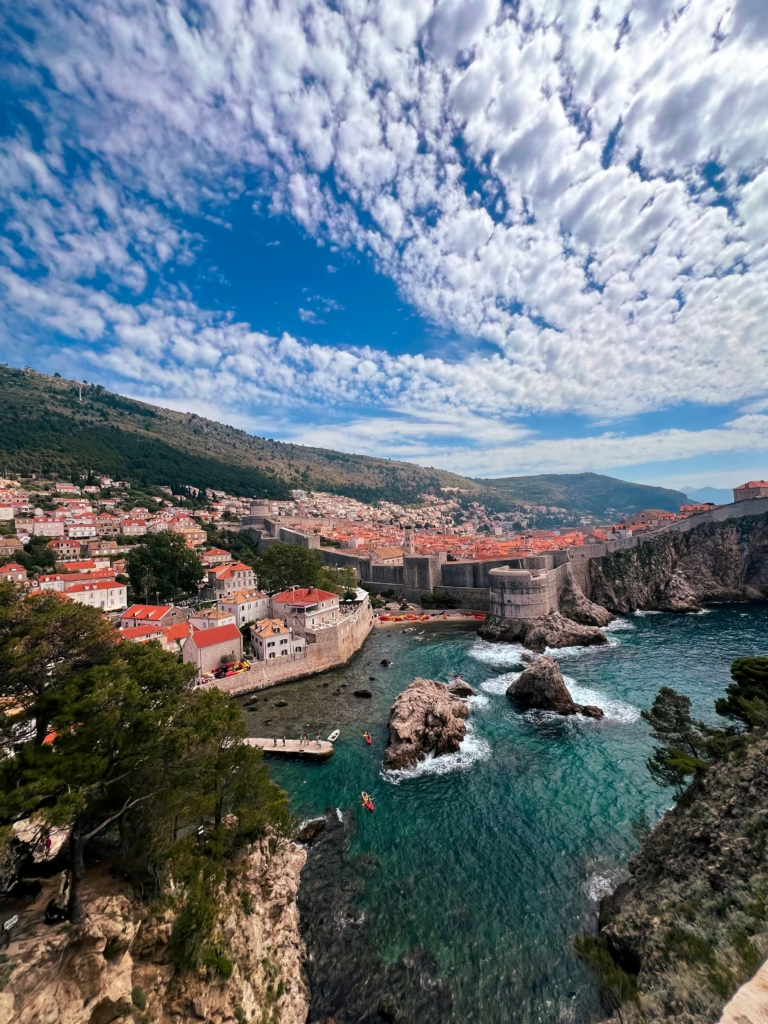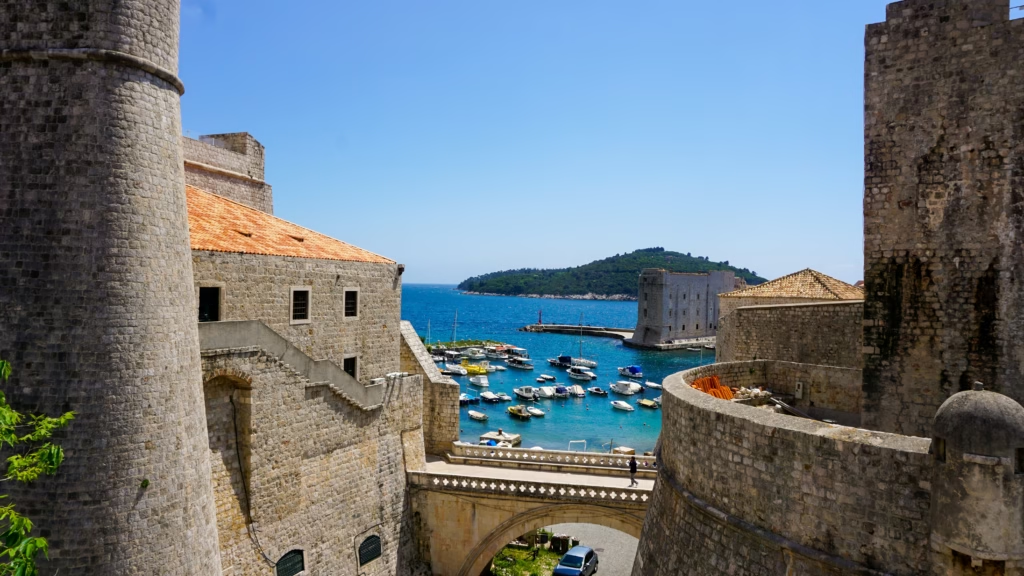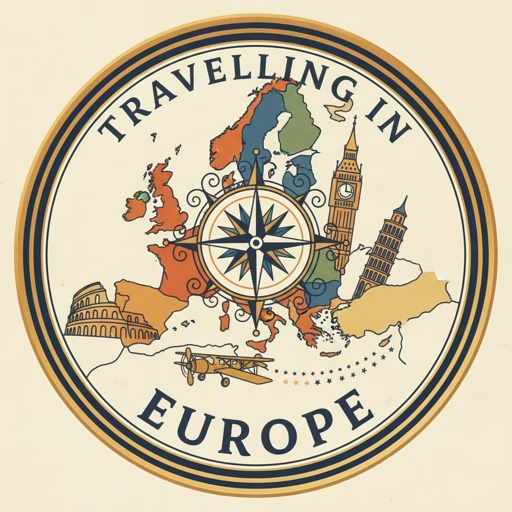Why You Should Visit Dubrovnik, Croatia

Dubrovnik is the kind of city that makes you check your passport twice—because you can hardly believe it’s real. With its gleaming marble streets, terracotta rooftops, and medieval walls dramatically meeting the Adriatic Sea, this Croatian jewel feels like a Hollywood film set. (In fact, it was—“Game of Thrones,” anyone?)
But Dubrovnik isn’t just a backdrop. It’s a living, breathing city that mixes romance with rugged history, budget airlines with fine dining, medieval towers with buzzing nightlife. Let’s unpack why this Adriatic beauty should be your next destination.
Getting There: Planes, Trains, and a Little Patience
By Air: Budget Airlines to the Rescue
Dubrovnik Airport (DBV), also known as Čilipi Airport, is your entry point. Many budget airlines fly here, especially in summer: easyJet, Ryanair, Wizz Air, Norwegian Air Shuttle, Eurowings, and even some seasonal charters from across Europe. Check for seasonal schedules—off-season, connections thin out faster than a gelato cone in July.
By Train: The Almost Connection
Here’s the twist: Dubrovnik itself isn’t on the Croatian rail network. The nearest train stations are in Split (Croatia) and Mostar (Bosnia & Herzegovina). From there, it’s buses or ferries into Dubrovnik. Consider it part of the adventure—your reward is a city untouched by the thundering express trains.
Dubrovnik’s Story: From Republic to Republic of Tourists
Founded in the 7th century, Dubrovnik grew into a powerful maritime republic rivaling Venice. It thrived on trade, diplomacy, and a knack for staying neutral in sticky European conflicts. Its city walls—2 kilometers of stone muscle—stood strong through sieges, earthquakes, and even the 1990s war.
Today, those same walls host strolling couples, camera-toting visitors, and the occasional fantasy-series fan recreating their favorite scenes. History here isn’t dusty; it’s dramatic and alive.
Sights Not to Miss
- The City Walls: Walk the full circuit for sweeping sea-and-city views. Go early morning or late afternoon to avoid midday sun and crowds.
- Stradun (Placa): The main marble-paved promenade lined with cafés and shops—perfect for people-watching.
- Rector’s Palace: A Gothic-Renaissance beauty that whispers tales of Dubrovnik’s heyday.
- Sponza Palace: Once a customs house, now housing historic archives.
- Dubrovnik Cathedral: With treasures gifted by none other than Richard the Lionheart.
- Mount Srđ: Take the cable car up for sunset views of the Old Town and the Adriatic islands.
- Lokrum Island: A short ferry ride, this green oasis has botanical gardens, peacocks, and the ruins of a monastery.
Pro Tip: Beat the Crowds
Visit in May-June or September-October for the sweet spot of warm weather and fewer cruise-ship day-trippers.
A Culinary Dream
Dubrovnik is where Mediterranean freshness meets Balkan heartiness.
- Seafood royalty: Try grilled octopus, black risotto, or just-out-of-the-sea oysters from nearby Ston.
- Dalmatian classics: Pastas with truffle, lamb slow-cooked under a bell-shaped lid (peka).
- Sweet notes: Rožata, a local custard dessert.
Restaurants Worth Noting
- 360 Dubrovnik: Michelin-starred fine dining perched on the city walls.
- Proto: Centuries-old seafood haven.
- Lokanda Peskarija: Affordable seafood right on the Old Port.
- Hole-in-the-wall konobas: Rustic taverns offering hearty local plates at moderate prices.
Nightlife: Beyond Medieval Romance
Don’t let the ancient stones fool you—Dubrovnik knows how to party.
- Buza Bars: Cliffside watering holes with sea views. Drinks come with adrenaline as you watch (or join) cliff jumpers.
- Revelin Culture Club: A nightclub inside a fortress. You dance under medieval arches to international DJs—time travel, but louder.
- Wine Bars: Intimate spots offering local Plavac Mali wines.
Parks & Escapes
- Gradac Park: A local favorite, perfect for shady walks and sea views.
- Lokrum Island: Yes, it doubles as both sightseeing and a park-like escape.
- Beaches: Banje Beach for glamour, Lapad Bay for family-friendly, Sveti Jakov for fewer crowds.
Accommodation: From Luxe to Livable
- Luxury: Think Hotel Excelsior or Villa Dubrovnik, with Adriatic views and price tags to match.
- Mid-range: Boutique hotels and apartments in Old Town or Lapad.
- Budget: Guesthouses and hostels just outside the walls.
The city offers everything from palatial suites to family-run apartments—book early in peak season, or risk being left with a couch in Cavtat.
Do People Speak English?
Yes. In fact, English is widely spoken, especially in tourist-facing businesses. You’ll get by with zero Croatian vocabulary—but learning “Hvala” (thank you) will earn you smiles.
Call-Out Box: The Romantic Factor
Sunset from the city walls, a candlelit dinner by the Adriatic, or a ferry ride to a deserted island—Dubrovnik practically writes its own love poems. Bring a partner… or come solo and fall for the city itself.
Is Dubrovnik a Megacity?
No—and that’s part of the charm. With fewer than 50,000 residents, Dubrovnik is no sprawling metropolis. Yet it punches above its weight in history, culture, and sheer drama. Think “tiny megacity of the heart” rather than a concrete jungle.
The Verdict
Dubrovnik is the rare destination that dazzles history buffs, food lovers, party seekers, and romance hunters alike. It’s small enough to wander yet deep enough to explore for days. It’s dramatic yet welcoming, ancient yet alive. Whether you arrive on a budget flight or a luxury yacht, Dubrovnik doesn’t just welcome you—it sweeps you off your feet.

Can’t travel yet? Binge the world from your couch—Amazon Prime’s travel shows are basically teleportation.
Click here for a 30-day free trial and start globetrotting from your couch.
(Affiliate link. If you click and buy something, I may make a small commission. Think of it as you tipping me without spending extra)
